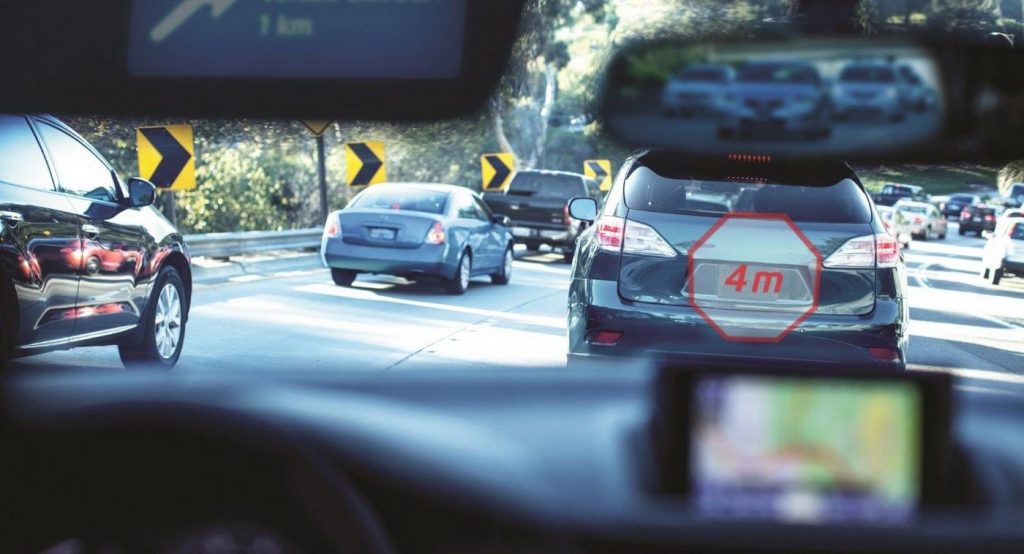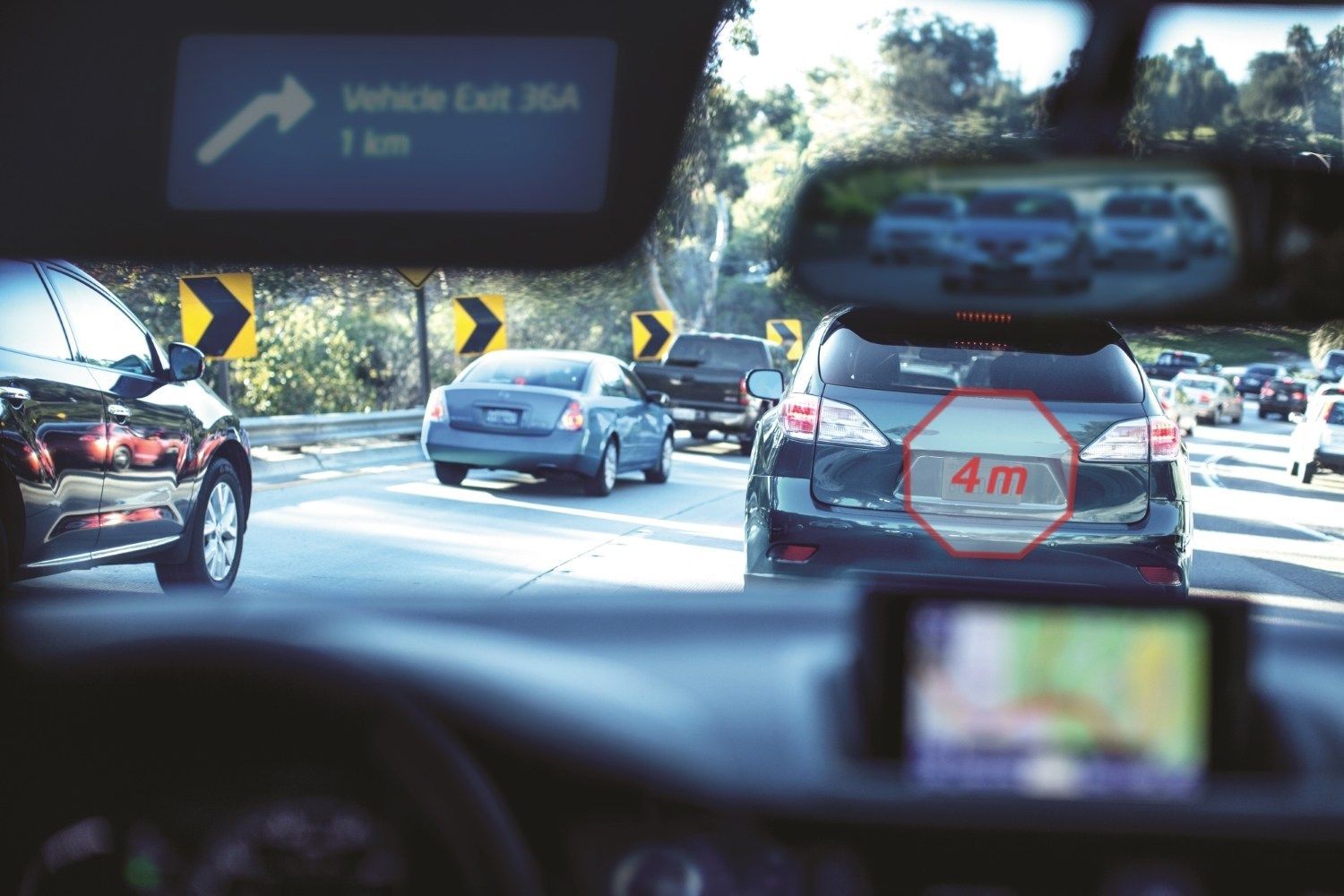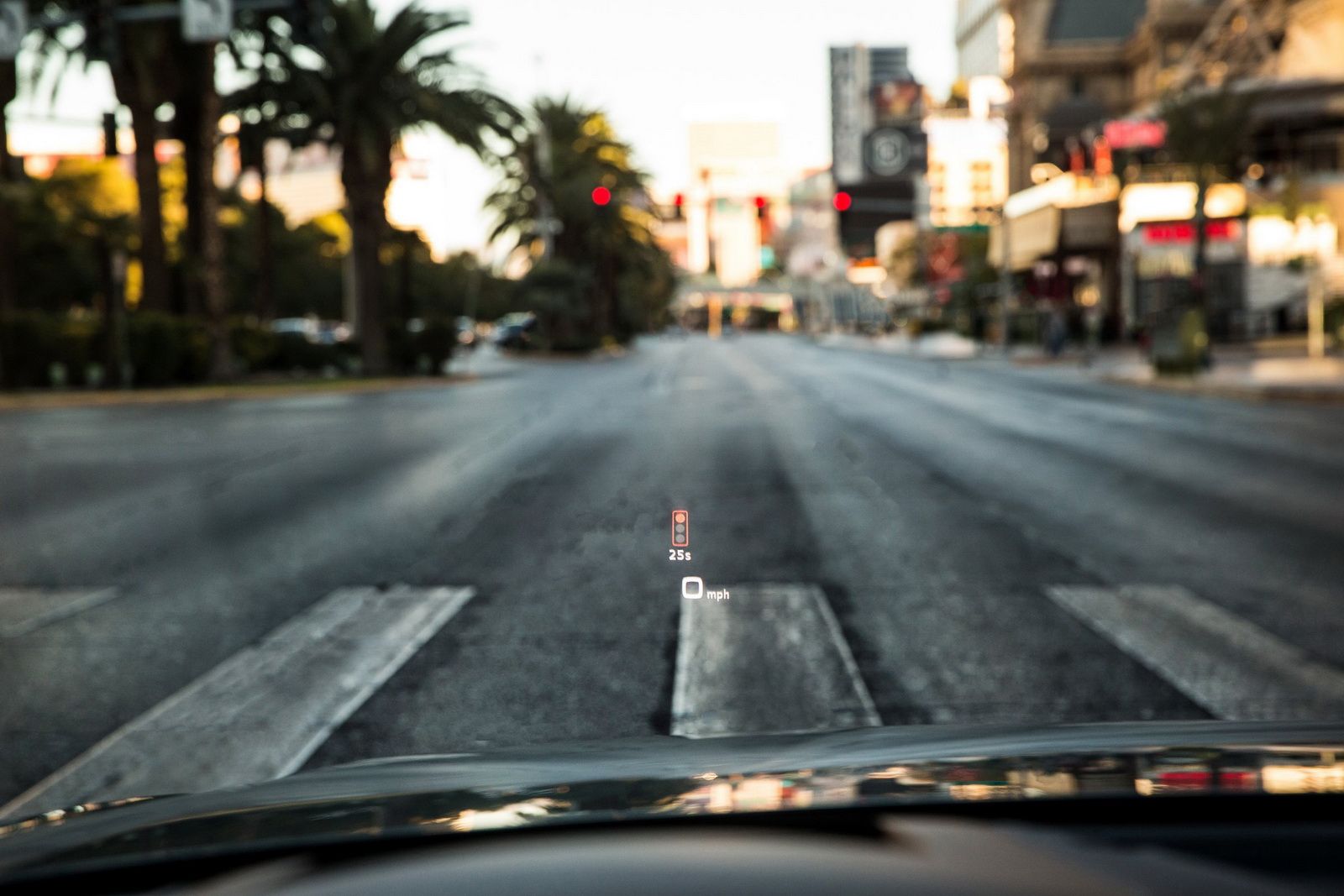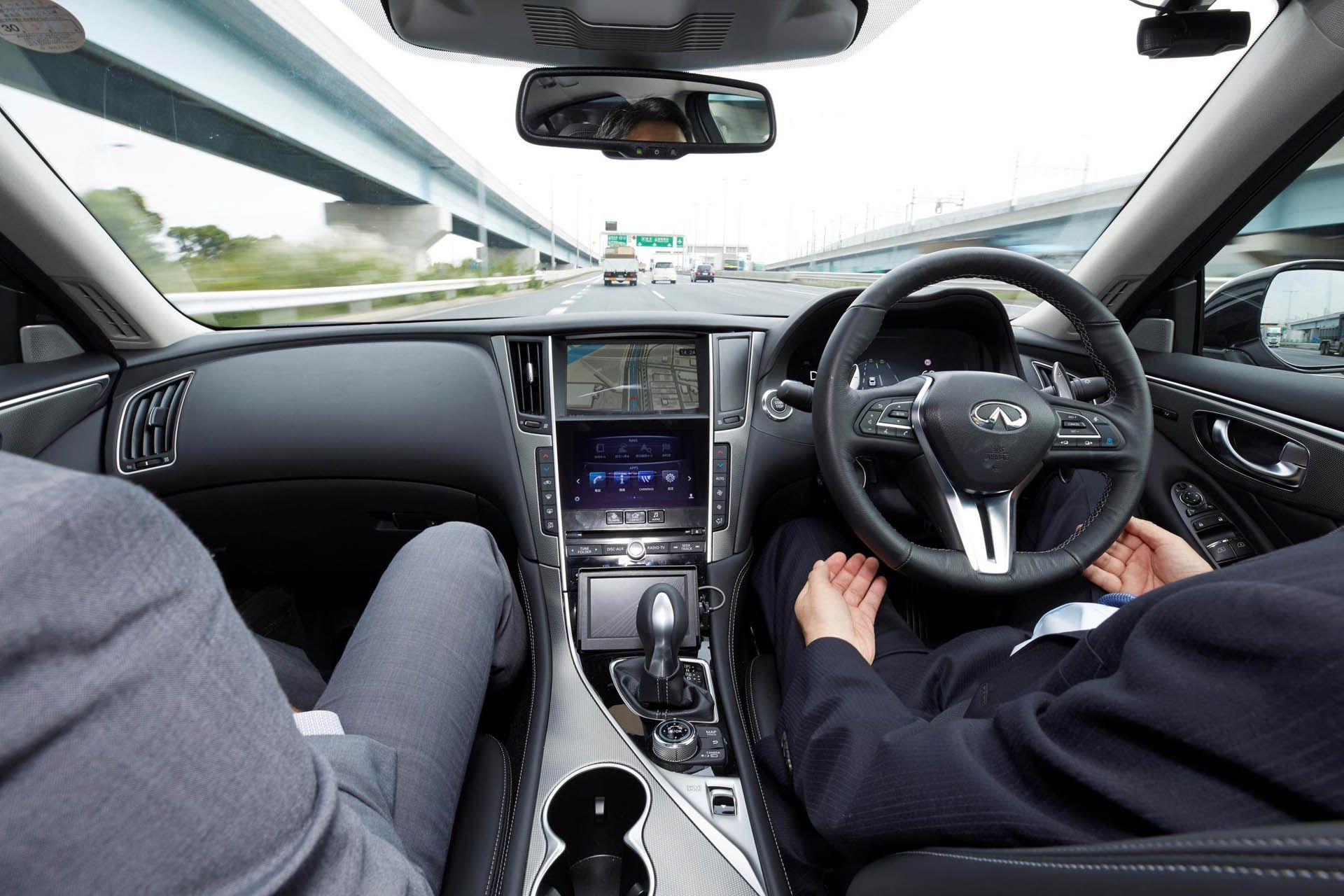Even though we’re probably decades away from everybody owning a self-driving car, it turns out we don’t have to wait that long in order to reap the benefits of having a number of them on our roads.
Research by the University of Michigan shows that a single self-driving and connected car can help others avoid so-called “phantom traffic jams,” where human reaction time leads to traffic eventually coming to a halt. It only takes one driver to hit the brakes prematurely for whatever reason, and it can have a cascading effect.
Gabor Orosz, who lead the research, took his team as well as eight cars out on southeast Michigan roads in order to find a solution. All cars were equipped with the ability to broadcast their position and velocity, and one was chosen to act as the autonomous vehicle.
This car had the ability to apply the brakes only as much as necessary and as early as possible. The team then drove around at 55 mph (88 km/h) waiting for one of the human drivers to hit the brakes multiple times, each time harder than the last.
While the experiment resulted in other human drivers having to hit the brakes hard enough for the seat belt lock to engage, the connected car, thanks to having received advanced notification, started slowing down a lot more gently. In turn, the human drivers behind it were also able to do the same, thus avoiding anybody coming to a halt.
Moreover, this way of driving saved energy, by as much as 19% in the connected car, compared to 7% in the human-controlled vehicles behind it, as reported by Wired.
A similar experiment was conducted last year at the University of Illinois. The result showed that if one in 20 cars is at least partially automated, stop-and-go waves in traffic could be avoided.
While the Trump administration isn’t making vehicle-to-vehicle communication in all cars mandatory, like Obama’s plan proposed, automakers such as Mercedes-Benz, Audi or Cadillac are still moving ahead to further develop this technology.






